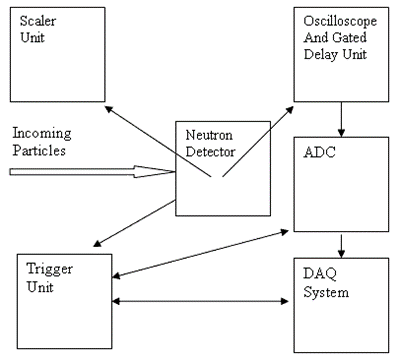Center for Emerging Energy Sciences
Projects - Adoption of Smart Modules for Improved Sensing Applications
Having demonstrated such a marked improvement over traditional, more centralized electronics systems in the FT-ICR spectrometer, the same design pholosophy will be integrated into other measurement systems at CEES. This approach could greatly improve many sensor applications, especially those that deal with very low signal levels, and or harsh electromagnetic environments. As an example, the CEES researchers have encountered issues with neutron sensors picking up false signals due to heavy EMI (later determined to be due to nearby wielding equipment being operated). These neutron sensors will be converted to smart sensors that digitize the sensor output physically at the source, have EMI shielding, and will most likely include algorithms in the module's firmware that recognize the unique signatures of detected neutrons to further increase signal fidelity. An example of a modern, traditional method of neutron sensing is displayed in the figure below.

Typical Neutron Detection Set-up
(https://en.wikipedia.org/wiki/Neutron_detection)
While this type of set-up is relatively reliable, it is prone to EMI due in large part to the assemblage of disparate pieces of equipment and cable and lead runs. The set-up is also expensive and physically very cumbersome. Utilizing modern VLSI IC's nearly, if not all of the entire system shown could be integrated into a single, relatively small PCB, with only connections for power and digital communications externally connected. Such an arrangement shares the same local thermal and electrical environment, and can be shielded far more easily than using separate pieces of equipment. Completely solid-state methods of neutron detection (e.g., “Helium-3-free low-cost neutron detectors”, DOI: DOI: 10.1051/epjconf/20147902002) are being explored that would be even easier to integrate into such a self-contained smart sensor, and would be much more rugged physically.
Department of Physics and Astronomy
-
Address
Texas Tech University, Physics & Astronomy Department, Box 41051, Lubbock, TX 79409-1051 -
Phone
806.742.3767 | Fax: 806.742.1182 -
Email
physics.astronomy.webmasters@ttu.edu | physics.academic.advising@ttu.edu
